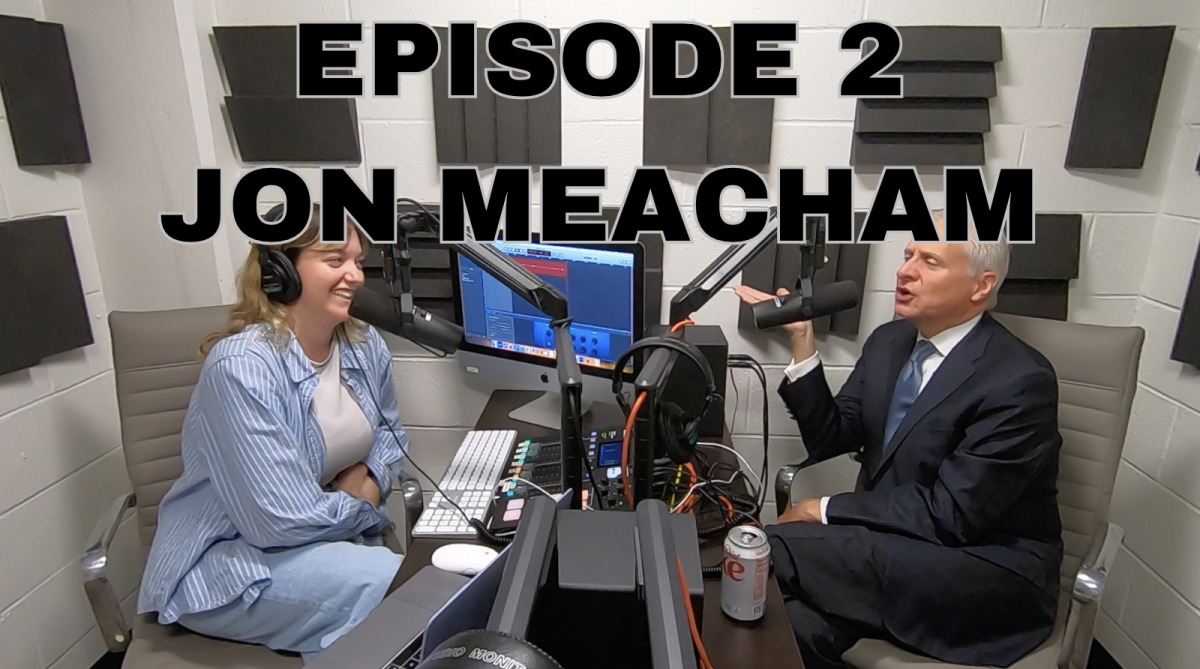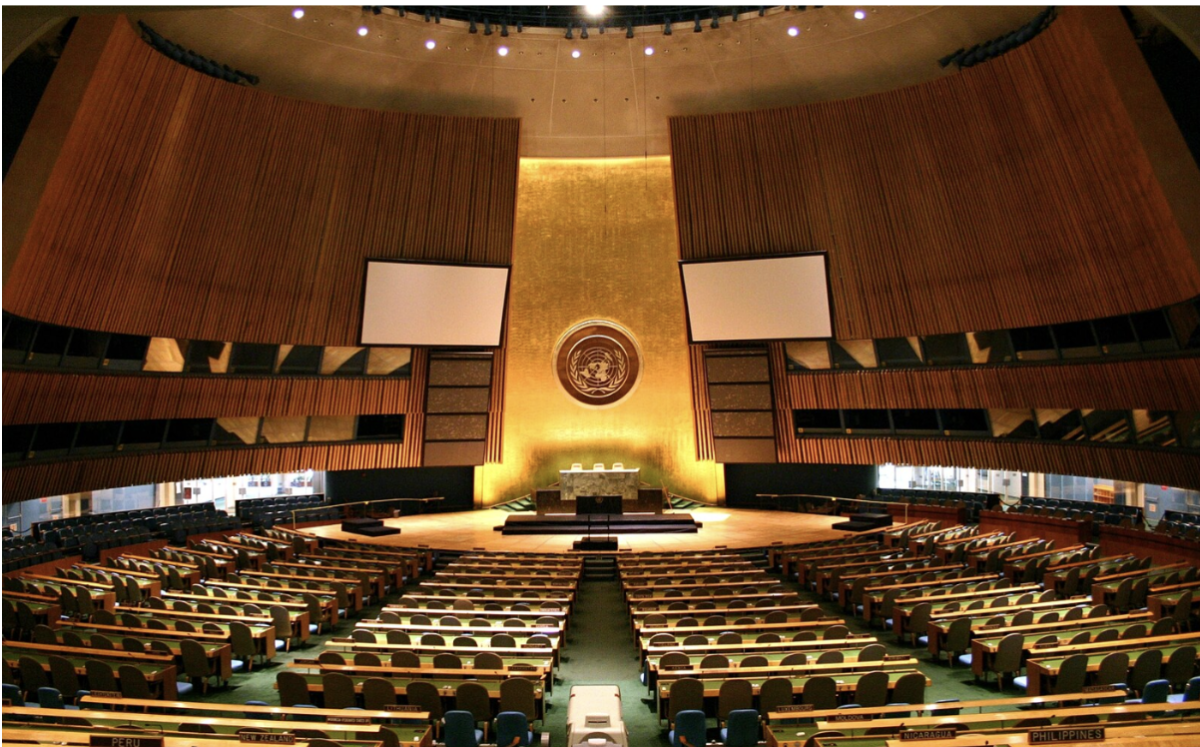Over the last couple of months, Project 2025, a right-wing initiative that, up to this point, had mostly been confined to conservative circles, began flooding headlines as the latest way the American Right is attempting to subvert democracy. This media push likely was initially prompted by comments from Kevin Roberts, president of The Heritage Foundation, the group that created Project 2025, which some on the left have taken to be a dog whistle permitting political violence. The Supreme Court ruling on executive privilege and immunity handed down around the same time, which many see as making the Project’s proposals more dangerous, also served as a contributing factor.
Upon closer analysis, however, the nature of their half-baked, panicked resort to using Project 2025 to scare voters itself becomes quickly apparent. At its core, the critique comes in two parts: first, that the method the plan employs represents a massive expansion of executive power, drawing America closer to authoritarianism, and, second, that the substance of the plan, that is, its policy recommendations, are bad.
Looking at the first part of the critique, it might be helpful to identify from where the president would be drawing his increased powers. If he were drawing it away from Congress or the Supreme Court, then there would be more reason to be concerned about the balance of powers being distorted such that authoritarianism would be a real and present threat. In our case, conversely, the powers he would be recovering are from within the executive branch—namely, from bureaucrats that serve in executive agencies that serve at his pleasure. If anything, those who decry Project 2025 as representing a “threat to our democracy” themselves advocate for the less democratic position. It will only go into effect if a Republican president is elected, and that will only happen if the people will it. Even if one has qualms with the Electoral College, the recommended reforms from the Project undoubtedly are more democratic than the status quo.
A more convincing argument, then, is one from history. The spoils system was a practice promoted by President Jackson—ironically, President Trump’s favorite president—that rewarded political acolytes with positions in the administration. This practice lingered throughout the 19th century until it was ended by President Arthur with the Pendleton Civil Service Act, which set the precedent for meritocracy driving hiring decisions in executive agencies over patronage. Admittedly, the method Project 2025 suggests to help restore integrity to the executive reads much like Jackson’s spoils system, prompting some to raise concerns that positions that require specialized experts will, if Trump wins re-election, be filled by partisans.
While there is a risk that the restoration of Schedule F—a late Trump-era policy that, if it had remained, would have made it easier to retain loyalists and remove those who were not—could reduce the quality and efficiency of the federal government, the motive for doing so implies such a concern is overblown. John McEntee, a White House personnel chief in the Trump Administration, explained that the “current executive branch…was conceived of by liberals for the purpose of promulgating liberal policies. There is no way to make the existing structure function in a conservative manner. It’s not enough to get the personnel right. What’s necessary is a complete system overhaul.” A notable example of this from his time there was when Trump first sought to enforce his famous travel ban against mostly Muslim-majority countries. Whether this policy was right or wrong was for the courts and Congress to decide, not the Homeland Security lawyers who tried to stymie it.
What we see from this is that the structural reform Project 2025 recommends is not motivated out of partisanship in that they wish to arbitrarily reward their own, but rather partisanship in that they want their vision for the nation to be most effectively expressed through the federal agencies. Not only does this imply that scientists, for example, at the FDA who are genuinely good at doing their highly technical jobs will not be thrown out on a whim, but we must also remember that these structural reforms can only happen if their vision for the nation is the vision the people share, as discussed prior.
Some might nonetheless push back, saying that a president, especially one as unhinged as Trump, needs to be hemmed in lest he inflicts irreparable damage to the country. This was the implicit argument NPR’s Fresh Air made during the aforementioned travel ban saga by titling a segment of their show “Did the so-called Deep State protect the country from Trump?” (emphasis added). But instead of relying on unaccountable career bureaucrats to act as a check on his power, why doesn’t Congress step up and take back much of the power it ceded to the executive over the years? That certainly would be what the framers would prefer and is what this summer’s Supreme Court decision on Chevron Deference encourages.
This brings us to the second part of the critique, that the policies Project 2025 promotes are bad. Either out of laziness or an attempt to obfuscate, many on the left seem to marry this argument to the prior claim that the Project promotes authoritarianism. Take the following from The New Republic as an example: “Health care providers, educators, employers, and the government’s own civil rights enforcement apparatus, among many others, would all be marshaled to ensure our acquiescence in this dictatorial male supremacist society.” Besides the borderline obnoxious caricaturing of the right’s position present in the excerpt, we, more importantly, see how the questions of policy—healthcare, education, civil rights, etc.—get wrapped up in language like “dictatorial”. Such language, of course, is disingenuous. Project 2025 doesn’t propose that the next conservative administration blatantly usurp power from the other branches in an unconstitutional manner. On the contrary, it merely provides recommendations to use the tools already available to the president, albeit creatively, to pursue the conservative mandate he would have been elected to. And, again, if there is an unacceptable policy pushed through, Congress is there to stop it.
Thus, in the end, this all comes down to folks on the left not liking conservative policies; and instead of arguing against them on their merits, many, unfortunately, resort to fearmongering.




















